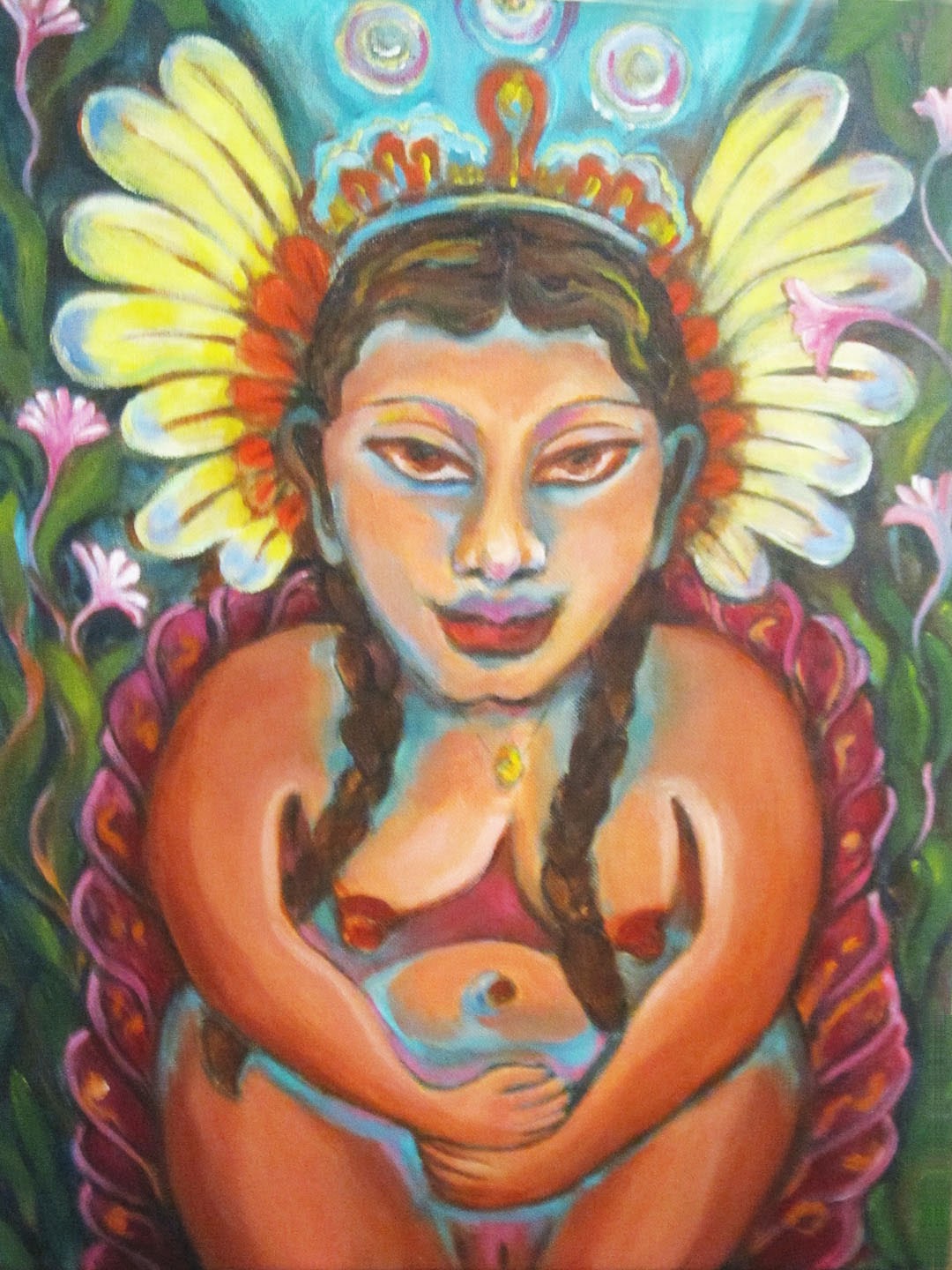 |
Guatemala ranked 131 out of 187 countries on the United
Nations Development Program's 2011 Human Development Index — a comparative
measure of life expectancy, literacy, education and standards of living for
countries worldwide.
 |
Guatemala is one of the most ethnically diverse countries in
Latin America, and also one of the poorest places in the Western Hemisphere.
 |
Guatemala’s population is one of the youngest, fastest- growing, and least educated in Latin America.
 |
Guatemala is still experiencing the impact of 36 years
of civil conflict, which destroyed social support systems and led to increased
discrimination of indigenous groups.
 |
51% of the population lives in rural areas, and the rural
population accounts for a large majority of the country's poor people.
 |
Young people and those living in rural areas are the most vulnerable to poverty.
 |
58% of the national population in Guatemala have incomes below the extreme poverty line.
 |
More than 75% of the national population lives below the
poverty line.
 |
A combination of social and environmental challenges
compounds the problems of poverty.
 |
Poverty is highly concentrated among indigenous communities, which comprise over 40% of the total population.
 |
Government figures indicate that 7 out of every 10 people of
indigenous descent live in poverty.
 |
Guatemala has the highest percentage of malnourished
children in all of Latin America.
 |
Over half of the children in Guatemala have chronic
malnutrition. In some areas the rate is as high as 90%.
 |
42% of Guatemalan citizens do not have access to clean water.
 |
More than 2 million children in Guatemala do not attend
school. Most of them are indigenous girls living in rural areas.
 |
The country has an overall enrollment rate in primary school of 39%, but in the urban centers it is 48%, compared to 35% in rural areas.
 |
45% of the population over the age of 15 is illiterate.
 |
Only 5% of indigenous girls in Guatemala have completed primary school, and only one in 10 girls is enrolled in secondary school.
 |
Girls with no schooling face a bleak future; instead of learning to read and write they are more likely to experience early marriage and childbearing.
 |
By the age of 18, almost 40% of Mayan (indigenous) girls are married — nearly twice the percentage of Ladina (non-indigenous) girls.
 |
Child labor is higher in Guatemala than anywhere else in
Latin America.
 |
Nearly one third of all girls in Guatemala are engaged in child labor.
 |
Agriculture accounts for a fifth of Guatemala’s GDP and employs about 40 per cent of Guatemala's total labor force.
 |
An increase in droughts — as well as hurricanes and diseases such as malaria — linked to changing weather patterns in Guatemala and the rest of Central America, make agriculture vulnerable.
 |
Between 1950 and 2002, Guatemala lost half its forest cover — the rate of loss of mature forest is much greater.
Sources:
"At a Glance: Guatemala." UNICEF. N.p., n.d. Web. 21 Apr. 2014. http://www.unicef.org/infobycountry/guatemala_statistics.html
"Giving Girls a Second Chance." Girl Up Homepage | GirlUp | United Nations Foundation | Uniting Girls to Change the World. N.p., n.d. Web. 22 Apr. 2014. http://www.girlup.org/
"Poverty and Statistics." Malnutrition in Guatemala. N.p., n.d. Web. 20 Apr. 2014. http://malnutritioninguatemala.weebly.com/poverty-and-statistics.html
"Rural Poverty in Guatemala." Rural Poverty Portal. N.p., n.d. Web. 23 Apr. 2014. http://www.ruralpovertyportal.org/country/home/tags/guatemala/
"Statistics for Guatemala." The Redd Desk. N.p., Sept. 2013. Web. 27 Apr. 2014. http://theredddesk.org/countries/guatemala/statistics


































